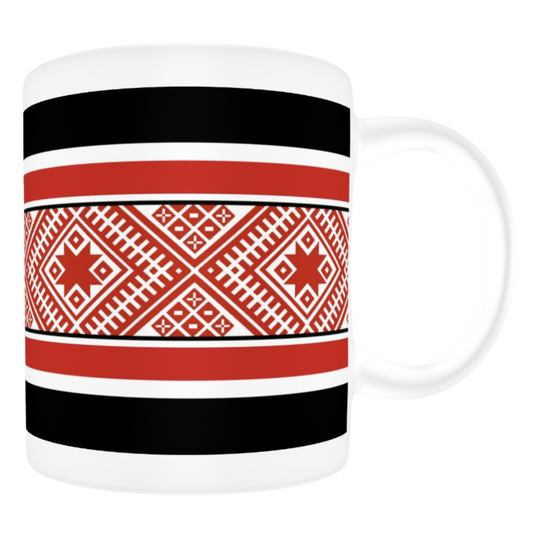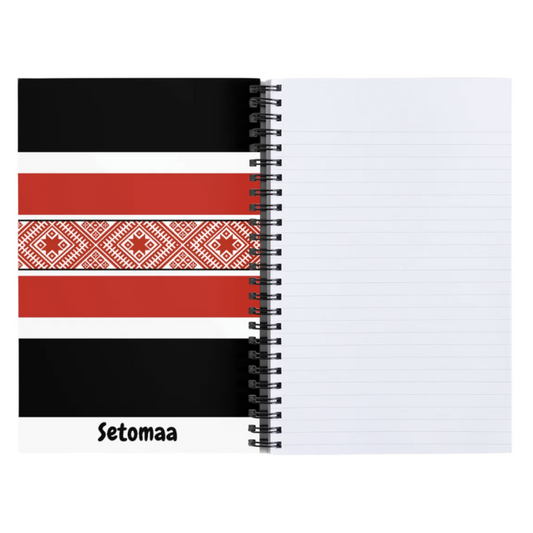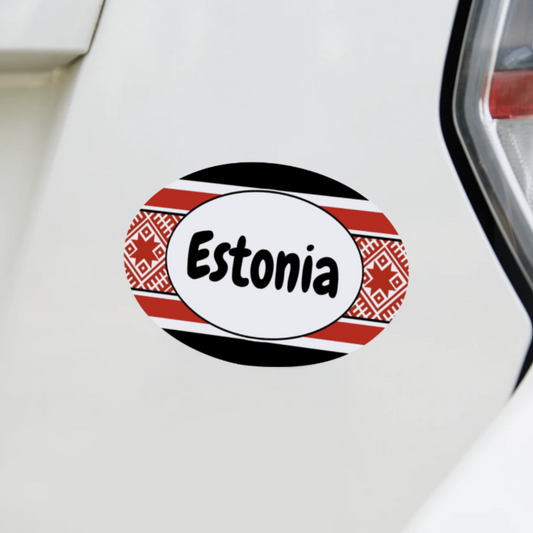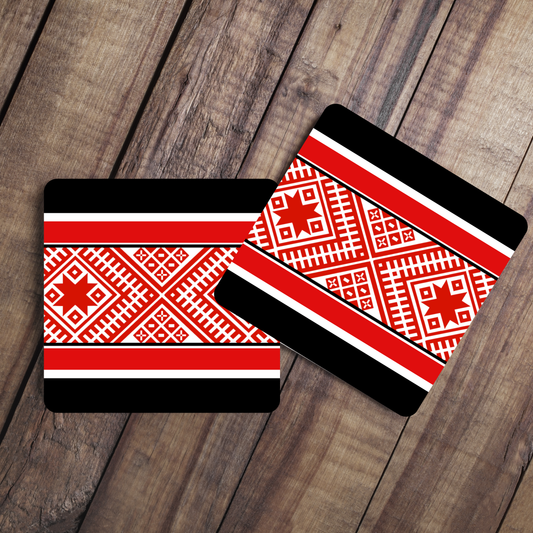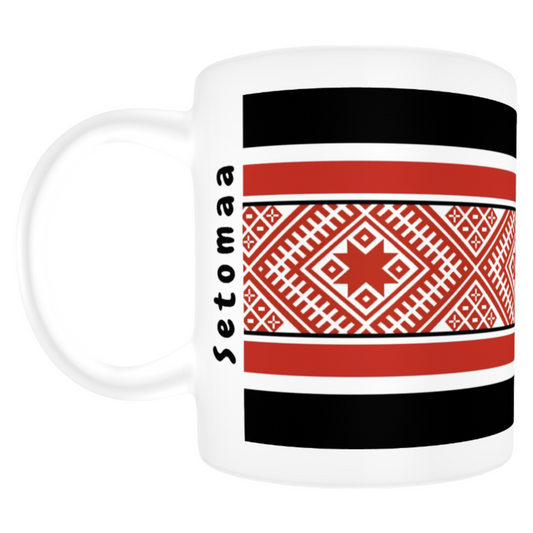Collection: Setomaa
Setomaa is located in the most south-eastern corner of Estonia, bordering Russia and Latvia. Before the war, Setomaa had 11 rural municipalities and the city of Petseri. Currently, Setomaa is divided into three parts: one part remains in Võru County, the other in Põlva County, and the third part is behind the control line in the Petseri district. As a border area, the folk costumes are influenced by Russian culture. The Seto people have had large neighbours throughout history – the Slavs and Livonians. The status of the border area has made it possible to preserve the original customs of the Setos in addition to the cultural influences of their large neighbours. The Setos have a unique culture and their folk costumes are unique.
Red and white are the main colours of Seto culture, they have a deep meaning. The colours had a ritual meaning in birth, wedding and funeral customs. Seto folk costumes are mainly white, especially white dominates in older types of folk costumes. Changes in the red colour scheme have been evident since the end of the 19th century, when Riga lang was introduced . This deep red fine wool yarn was brought by Seto merchants from Riga. Along with the colour, the material also changed, cotton was replaced by wool. The strictly geometric ornament was also replaced by plant ornament. In the 20th century, deep red developed into cherry red and finally dark red. Colour changes also occurred in Seto folk costumes. The older the textile, the lighter and the later, the darker red its ornament.
-
Mug Setomaa
Vendor:Estonian Designs AUNo reviewsRegular price $25.00 AUDRegular priceUnit price / per$0.00 AUDSale price $25.00 AUD -
Notebook Lined Setomaa
Vendor:Estonian Designs AUNo reviewsRegular price $24.00 AUDRegular priceUnit price / per$0.00 AUDSale price $24.00 AUD -
Bumper Sticker Setomaa
Vendor:Estonian Designs AUNo reviewsRegular price $10.00 AUDRegular priceUnit price / per$0.00 AUDSale price $10.00 AUD -
Sticker Setomaa
Vendor:Estonian Designs AUNo reviewsRegular price $2.00 AUDRegular priceUnit price / per$0.00 AUDSale price $2.00 AUD -
Leather Coaster Setomaa
Vendor:Estonian Designs AUNo reviewsRegular price $12.00 AUDRegular priceUnit price / per$14.00 AUDSale price $12.00 AUDSale -
Pen Setomaa
Vendor:Estonian Designs AUNo reviewsRegular price $10.00 AUDRegular priceUnit price / per -
Tumbler Setomaa
Vendor:Estonian Designs AUNo reviewsRegular price $55.00 AUDRegular priceUnit price / per -
Setomaa Drinks Bundle
Vendor:Estonian Designs AUNo reviewsRegular price $106.00 AUDRegular priceUnit price / per$120.00 AUDSale price $106.00 AUDSale -
Setomaa Out and About Bundle
Vendor:Estonian Designs AUNo reviewsRegular price $72.00 AUDRegular priceUnit price / per$76.00 AUDSale price $72.00 AUDSale -
Setomaa Leather Coaster Bundle
Vendor:Estonian Designs AUNo reviewsRegular price $45.00 AUDRegular priceUnit price / per$56.00 AUDSale price $45.00 AUDSale -
Setomaa Writing Bundle
Vendor:Estonian Designs AUNo reviewsRegular price $58.00 AUDRegular priceUnit price / per$61.00 AUDSale price $58.00 AUDSale


